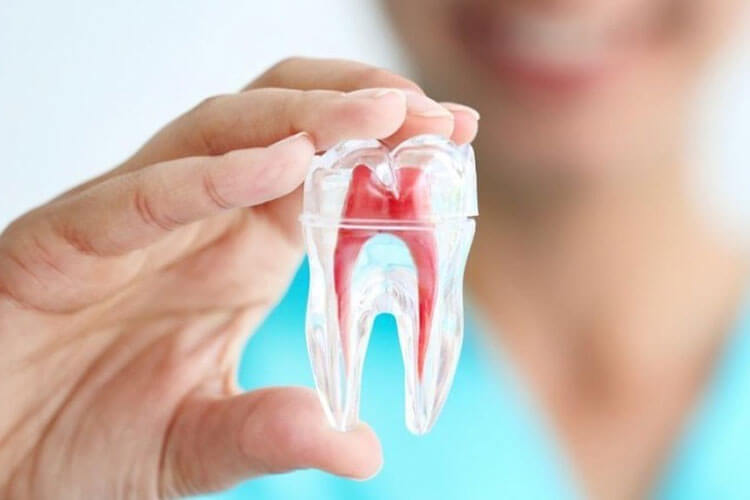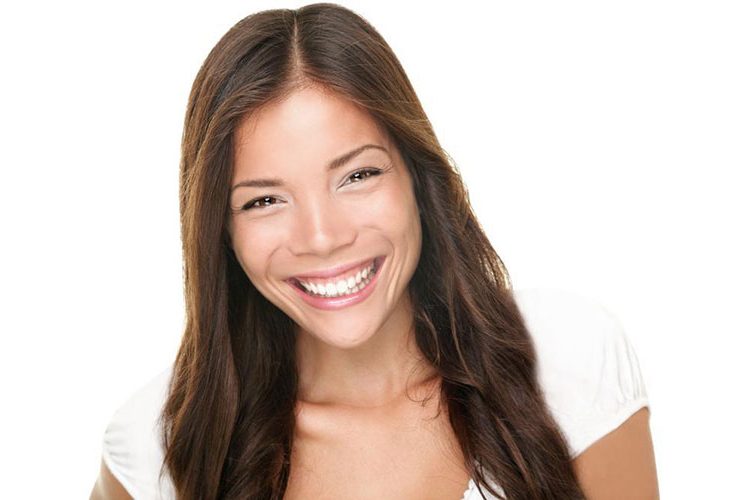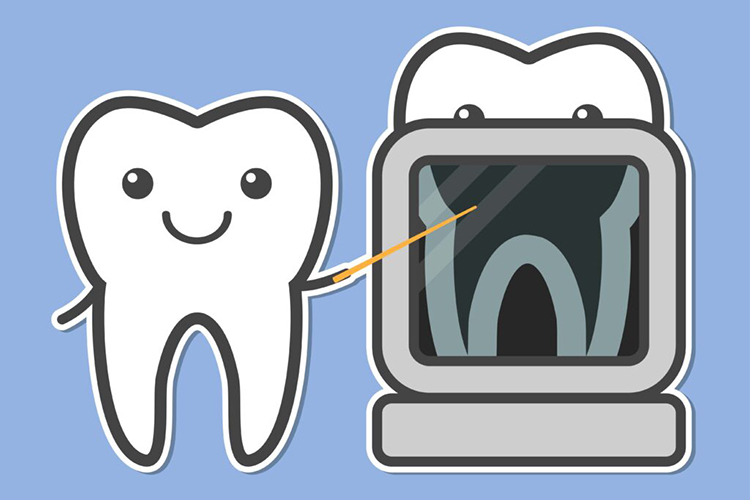Many people in Mississauga are highly informed about their dental health, and St. Lawrence Dentistry would like to be another resource for you. However, just like any subject, there are myths. It’s important to dispel some of these untruths as they can unnecessarily create confusion about dentistry and what people should do to maintain their
read more
St. Lawrence Dentistry performs root canal procedures to save teeth that would have otherwise needed extraction. If you have a tooth that hurts, a root canal procedure may be the solution. Root canal therapy is the most performed procedure amongst all endodontic (inside the tooth) treatment procedures. St. Lawrence Dentistry performs root canal treatment to
read more
Dr. Allan R. Hawryluk Sr. was the founder of St. Lawrence Dentistry and will be forever missed. He was an incredible person who was kind, generous, and the best role model. Allan Sr. was known for his smile makeovers using the most conservative and esthetic techniques available. Merging health and beauty to make dentistry more
read more
Some of your favorite foods could be affecting your smile, and it’s not just red wine and coffee you have to consume with caution. White wine, Green tea, and even fruit can negatively affect your smile. Teeth appear smooth on the surface. However, the enamel has microscopic depressions, which can stain. This uneven surface tends
read more
Ibuprofen and naproxen are both common medications prescribed at St. Lawrence Dentistry. They have similarities, but subtle differences between them are essential to understand. For example, ibuprofen is short-acting (4-6 hours), while naproxen is long-acting (8 to 12 hours) and more likely to generate an upset stomach. Ibuprofen and naproxen are NSAIDs, so they are
read more
Tylenol and Non-steroidal anti-inflammatory drugs (NSAIDs) are analgesics (pain relievers). However, Tylenol is not an NSAID. These two drugs have different mechanisms of action in the body. NSAIDs (Non-steroidal anti-inflammatory drugs) are medications that target mainly three underlying processes: Analgesic (they decrease pain). Antipyretic (they reduce fever). Anti-inflammatory (they reduce inflammation). They do so by
read more
In dentistry, several sources of dental discomfort are unrelated to a tooth being infected or inflamed. This article spotlights two of these: atypical odontalgia and sinusitis. We have defined the words marked in (*) at the end of the article. Atypical odontalgia is tooth pain without an identifiable cause. It is also called as “persistent
read more
26% of the population has suffered from orofacial pain at some point. It can be either odontogenic (coming from teeth) or non-odontogenic. Cracked mandibular (lower) molars are the most common source of unexplained orofacial pain. The perception of orofacial pain is intricately related to understanding the trigeminal nerve. It is the part of the nervous
read more
St. Lawrence Dentistry strives to minimize pain through non-invasive and conservative dentistry. However, one aspect of dentistry is pain management. Understanding the various classifications of pain means our doctors can treat dental conditions effectively. We have defined terms marked with a (*) in the glossary at the end of this article. Pain is a physiologic
read more
If you’ve had one or more fillings, then it was most likely filled in with a grey metal amalgam. You may see these metal amalgam fillings if someone tilts their head back and enjoys a good laugh. Historically, these metal amalgam fillings were the only filling material available, so if you are over the age
read more
What are Porcelain Veneers? Porcelain veneers are ceramic restorations used to improve natural teeth’ size, shape, color, and strength. Essentially, they are facings made in a dental laboratory using high-strength materials such as feldspar and lithium disilicate. These materials are custom designed and layered by professional ceramic artists to mimic the color features of natural
read more
Crown lengthening is a dental procedure performed by Dr. Hawryluk to help restore broken down teeth. There are many causes for considering crown lengthening. Commonly, the procedure exposes a greater amount of tooth structure to restore the tooth with a dental crown. Other indications to crown lengthen include accessing cavities below the gum, tooth perforations,
read more





















